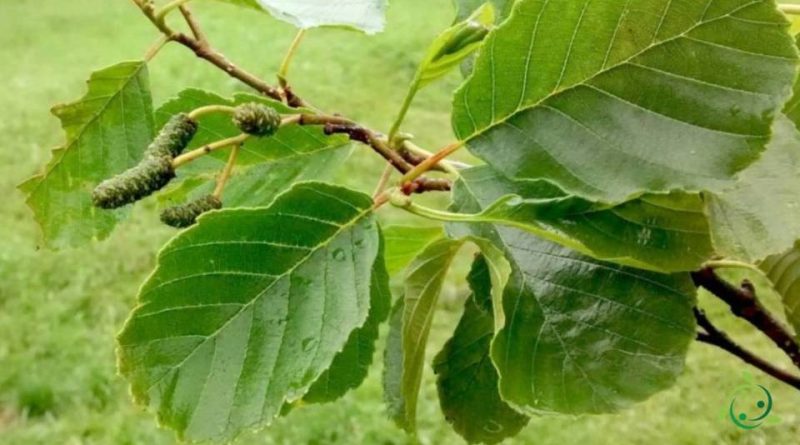How black alder is grown
How black alder is grown
The black alder or common alder (Alnus glutinosa (L.) Gaertn., 1790) is an arboreal plant of the Betulaceae family native to Europe, northern Africa and western Asia.
This plant is present throughout Europe, North Africa, Asia Minor, Siberia and up to East Asia.
It tends to form pure or mixed woods in alluvial wetlands and along the banks of watercourses, from the plain up to about 1,200 meters above sea level.
Its reproductive structures are represented by male flowers arranged in groups of 3-5 yellowish catkins, while the female ones have an ovoid shape and are carried by long peduncles. The fruits (first green then brown-blackish, woody when ripe, similar to pignette) contain achenes with a narrow wing; they persist for a long time on the plant.
Cultivation –
Black alder is a plant that needs sunny locations, possibly in open areas, away from the shade of other trees. This plant does not fear the cold or even the heat and has a fairly rapid growth in the first years, quickly reaching its final size.
However, Alnus glutinosa is not a very long-lived tree so this feature must be taken into account in the design of parks and gardens.
From a pedological point of view, this plant grows preferably on stony soils, poor in organic material, even in the presence of stagnant water. On the other hand, it suffers from soils with an acidic pH and soils subject to long periods of drought.
Furthermore, these plants, as well as leguminous plants, have been shown to be in symbiosis with nitrogen-fixing bacteria, which also makes them useful for improving the chemical composition of the land in which they are planted.
The black alder multiplies mainly by seed, in the spring period, using the seeds of the previous year, to which it is advisable to spend at least a few months in a cold place (vernalization) to simulate the winter season. In spring, cuttings can also be practiced, which must be rooted in a mixture of soil and sand in equal parts, which must always be kept moist until the cuttings are completely rooted.
Uses –
The wood of Alnus glutinosa resists water well but is easily altered in the air. It is used for the production of poles and fuel.
From the technological point of view, it can supply timber to be used in small carpentry, cabinet-making and for the construction of wooden floors. The freshly cut wood is yellow-orange, but with aging it takes on a red-orange color.
With regard to the mechanical properties, it appears as a semi-hard and homogeneous wood, of considerable durability in submersion. For this reason, especially in the past, it was widely used as work timber for submerged artifacts. Alder wood has, in fact, been notoriously used throughout the history of man to set up the support piling of stilts or to create hydraulic artifacts; it was also used to build the foundations of buildings in Venice.
Furthermore, this plant has an ecological function in maintaining river ecosystems; the pure or mixed formations with Alnus glutinosa are useful for the consolidation of the banks of watercourses and therefore play a collateral role in protecting the environment against hydrogeological instability.

